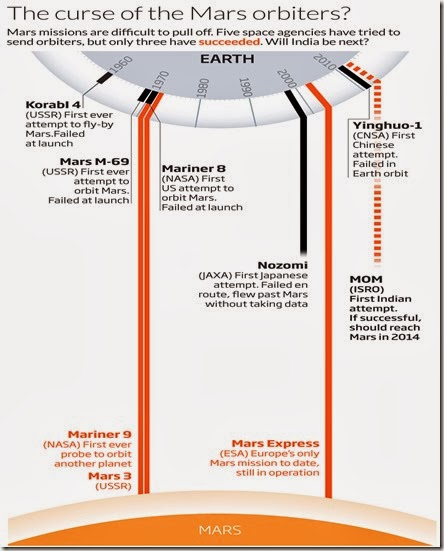News that a new species of bacteria was found in two category 4 clean room facilities used for assembling payloads for space in two different parts of the World illustrate the difficulties of executing sterilized exploration. This coupled with the fact that earthly organisms were found on Mars probes indicate that the first inhabitants of the planet continue to fool their somewhat more evolved cousins. This is concerning, as humans have a forgettable history of negatively influencing areas they have explored in the past.
Physical exploration of space appears too archaic in the presence of improving technologies for remote viewing. More importantly, the fascination to physically explore the Solar system, apparently to find life, may have to be tempered based on the recent hypothesis that there are at least 8 billion Earth like planets orbiting Sun like stars in the Milky Way alone. Human exploration of the Solar system for extraterrestrial life is a bit like riding a bicycle around the house in an effort to find Lions or some other majestic animals. It is unlikely.
It is time we rethought micro space exploration. The expected information gain from such exploits is close to zero.


